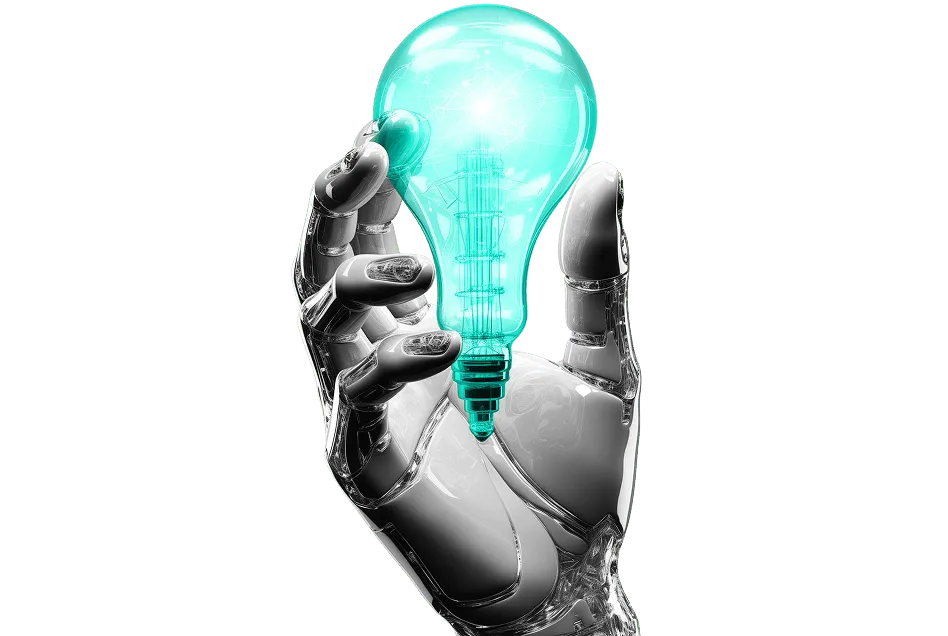A Framework for Smarter Talent Planning and Competitive Benchmarking Using Skills Intelligence
Identify and Quantify Skills That Drive Real Business Value
By filling up this form, you agree to allow Draup to share this data with our affiliates, subsidiaries and third parties
























Leverage In-Depth Skill Context to Build Your Workforce
Skill mapping as it exists currently often misses the context that defines true skill value. As AI reshapes tasks and roles, HR leaders need deeper insights into how skills are applied and how they translate into business outcomes.
Draup’s latest research introduces a more advanced approach: focus on contextualized skill signals and data-driven benchmarking to truly understand workforce capability.
Our approach helps HR and workforce leaders move past generic labels like “knows Python” and instead assess how skills are applied, in which domains and industries, and what outcomes they enable. It’s a smarter way to identify gaps, build capability, and future-proof your workforce.
Key Components of Draup’s Skill Insights
Contextual Skill Mapping
Identify skill levels from basic competencies to outcome-focused abilities linked directly to ROI.
.svg)
Domain & Industry Relevance
Precisely map how skills uniquely apply across different industries, boosting relevance and accuracy in talent decisions.
Workload-Based Benchmarking
Benchmark roles by analyzing actual tasks, responsibilities, and tool stacks across industries using Draup’s real-time data from millions of job descriptions and profiles.

Outcome-Driven Impact Analysis
Measure the direct contribution of specific skills to critical business metrics and strategic objectives.
Why This Matters
Without context, skills are just noise and workforce planning becomes guesswork. Draup’s approach empowers HR leaders to define and track skills that directly align with business goals, identify capability gaps with greater precision, and prioritize development where it drives the most impact. By benchmarking roles against industry peers, organizations can stay competitive in both talent acquisition and upskilling.
Powered by unparalleled global labor & market data

.svg)

.svg)




.svg)












.svg)





























.svg)





.svg)
